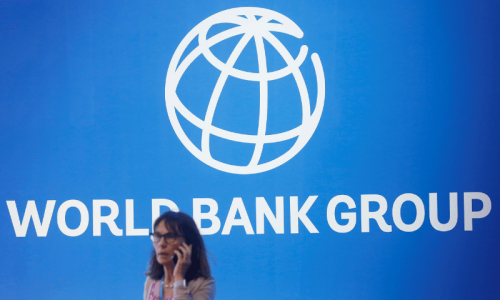A VENGEFUL rage can never meet the ends of justice. In December 2014, the state chose a populist short cut to assuage public anger in the aftermath of the APS Peshawar attack when it lifted the six-year moratorium on capital punishment. A new report by Justice Project Pakistan, a human rights organisation that takes up cases of vulnerable prisoners, explores the outcome of the decision which had until May 2017, according to the research, sent 465 prisoners to the gallows. That places Pakistan in fifth place on the list of countries with the most executions per year. Punjab, with 83pc of the total, is by far the most prolific in putting condemned prisoners to death. The pace at which hangings have been carried out also illustrates some chilling patterns. For one, the incidence of capital punishment in Punjab spikes in the weeks following terrorist attacks, suggesting a political motive behind them. Secondly, the fact that executions in that province increase with a corresponding rise in the number of prisoners held beyond jail capacity indicates that the death penalty is being used as a means of controlling the prison population.
These numbers, and many others in the report, are evidence of callous indifference to the realities of a fundamentally flawed criminal justice system that only ensnares the socially disadvantaged — which is one of the reasons why this paper has consistently opposed capital punishment. Moreover, when reinstating the death penalty, the government had claimed that only those convicted of terrorism would be affected. On the contrary, a vast majority of executed prisoners do not fall under this category. Clearly, the desire of the state to appear in control of the situation trumps any pretence at due process, even if it could serve to exonerate those wrongly convicted. That is starkly demonstrated by instances of posthumous acquittals that have come to light: in October 2016 for example, the Supreme Court acquitted two brothers in a 2002 murder, only to find that the men had already been put to death a year before. Among other travesties of justice: death warrants for the physically infirm and the mentally ill, and executions of prisoners who were juveniles when they committed the crime for which they were convicted. Finally, what more evidence can there be of the dehumanisation of those incarcerated than the fact that the most overcrowded prisons see the highest numbers of executions?
Published in Dawn, July 10th, 2017









































